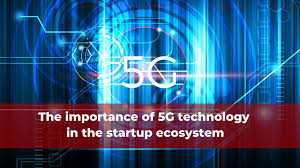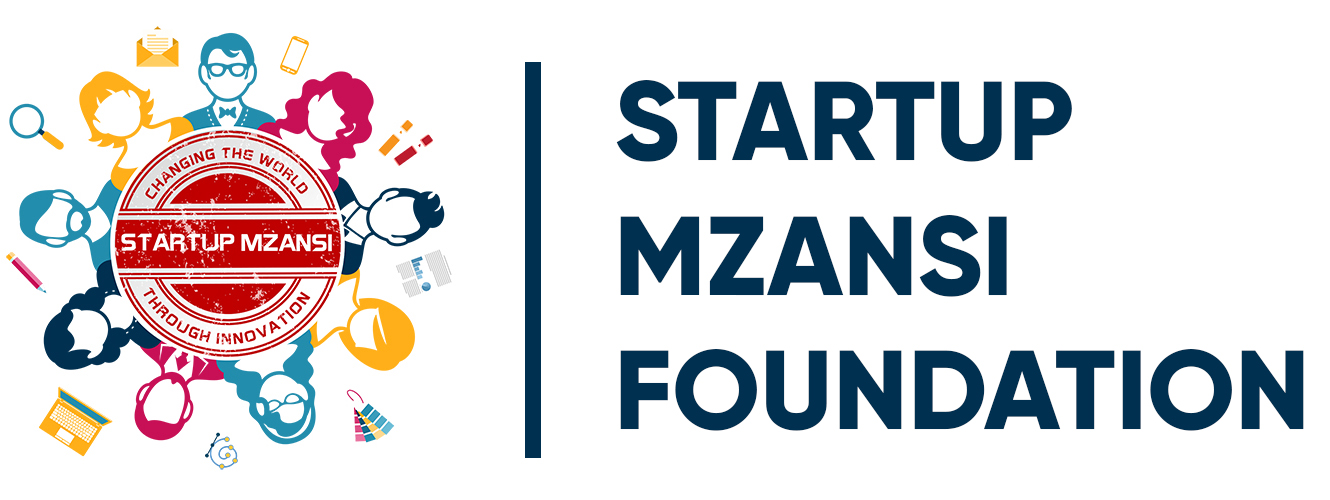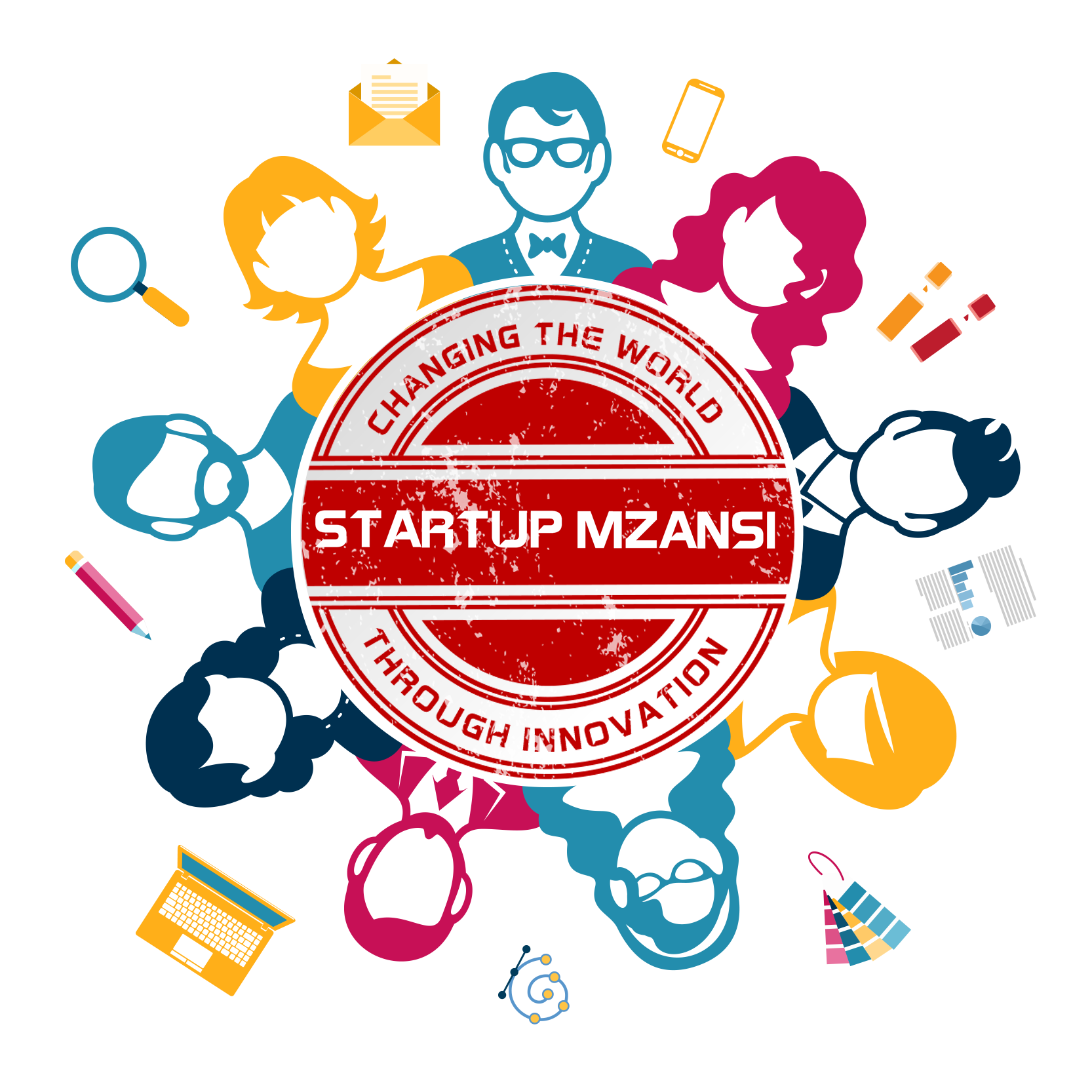

08 Apr The importance of 5G Technology in the startup ecosystem
In the heart of the startup and innovation ecosystem, one technology is undertaking a silent revolution. That technology is 5G or fifth generation networks.
Until recently, 5G was mostly a theoretical technology. With the ministry of Communication and Digital enabling a 5G network band through Icasa, 5G is closer to achieving commercialization as issues surrounding its implementation near resolution.
As commercialization approaches, why is there so much excitement about 5G, especially within the ecosystem?
The answer lies in understanding how 5G will further unlock digital technologies and other capabilities for startups.
Latency
Latency, also called ping time, is the time it takes one device to query another device over a network and receive a response.
All networks have some level of latency. Current 4G/LTE networks have a latency of about 75 milliseconds. When you consider mission-critical applications like surgery or remote driving, this level of latency will prove disastrous.
5G, on the other hand, promises to have latency as low as one millisecond. To put this in perspective, the fastest human reaction time (to touch stimuli) is 150 milliseconds. In this sense, 5G will redefine what network real-time means.
How will this level of latency affect commercial applications?
Here are some examples:
- Medical – A surgeon using a VR headset and specialized gloves can remotely control robotic arms and perform real-time surgery with no fear of receiving late impulses.
- Automotive – Self-driving cars can communicate with each other in real time to avoid accidents or make split-second decisions at the moment an accident is about to occur.
- Infrastructure – Bridges, airports and other infrastructure can communicate with other infrastructure and network operators (human or AI) and send in real-time reports to avert catastrophic system failures.
Bandwidth
Network bandwidth is a combination of capacity and speed. That is the quantity of data that can be sent over a network per unit of time.
Bandwidth is dependent on a variety of factors including base stations, network architecture, number of services on the network, spectrum, and others.
Theoretically, however, 5G is anticipated to provide speeds of up to ten gigabits per second. Compare this to 4G speeds that top out at around three hundred megabits per second.
For perspective, a 2 GB HD movie would take 53 seconds to download on the fastest 4G/LTE network but would take a mere 1.6 seconds on a 5G network.
This level of bandwidth is critical especially as more network-enabled devices and “things” go online.
With so much data traveling on networks, greater bandwidth will be crucial to support this level of data-intensive computing.
THE FOURTH INDUSTRIAL REVOLUTION WILL BRING A COMBINATION OF THREE DIFFERENT AREAS – LIFE SCIENCES, PHYSICAL SCIENCES, AND DIGITAL SCIENCES. FOR EXAMPLE, SMART WATCHES, USING 5G NETWORKS, WILL TRACK AND REPORT YOUR BIODATA IN REAL TIME GIVING YOU CRITICAL INSIGHTS THAT ALLOW YOU TO MAKE INFORMED DECISIONS.
5G Network Slicing
5G Network slicing is the ability to create multiple virtual network layers on top of one physical network infrastructure.
Current 4G and older networks do not support this, with network operators having to offer the same level of network availability and quality to everyone on the network, regardless of use case.
With 5G, a network provider can offer different network SLAs to different use cases.
For example, a network can have different slices (with different SLAs) for:
- Mobile broadband (entertainment, communication, Internet)
- General IoT (retail, shipping, manufacturing)
- Mission critical IoT (medical, automotive, infrastructure)
- Others applications.
This feature will also allow network providers to deploy 5G faster and cheaper through use case-based deployments.
ONE RAPIDLY ADVANCING TECHNOLOGY IS AI. AI USES LARGE DATA SETS TO COME UP WITH NOVEL OPPORTUNITIES AND DECISIONS THROUGH MASSIVE COMPUTING POWER. TO MORE UBIQUITOUSLY IMPLEMENT SUCH AI APPLICATIONS, 5G IS NECESSARY TO ALLOW THE MOVEMENT OF MASSIVE AMOUNTS OF DATA AND SUPPORT REAL-TIME DECISION MAKING.
5G + Startups = Global Innovation
Startups fuel the growth of innovation. For example, healthtech are creating new health innovations.
However, without a network like 5G, such startups would be unable to deploy their innovations, at scale and low cost, to the rest of the world.
The low latency, high bandwidth and network slicing features of 5G networks promise to connect companies and startups, in real time, to users, customers and organizations across the world.
THERE’S A SHEER MASS OF STARTUPS FOCUSING ON NARROW BUT DEEP USE CASES FOR THE VARIOUS TECHNOLOGIES EMERGING INCLUDING 5G. WITH THIS LEVEL OF FOCUS, THESE STARTUPS ARE DELIVERING HIGHER LEVELS OF VALUE THAN LET’S SAY BANKS, WHICH MUST FOCUS ON A BROAD SET OF USE CASES RESULTING IN GENERIC SOLUTIONS.





No Comments